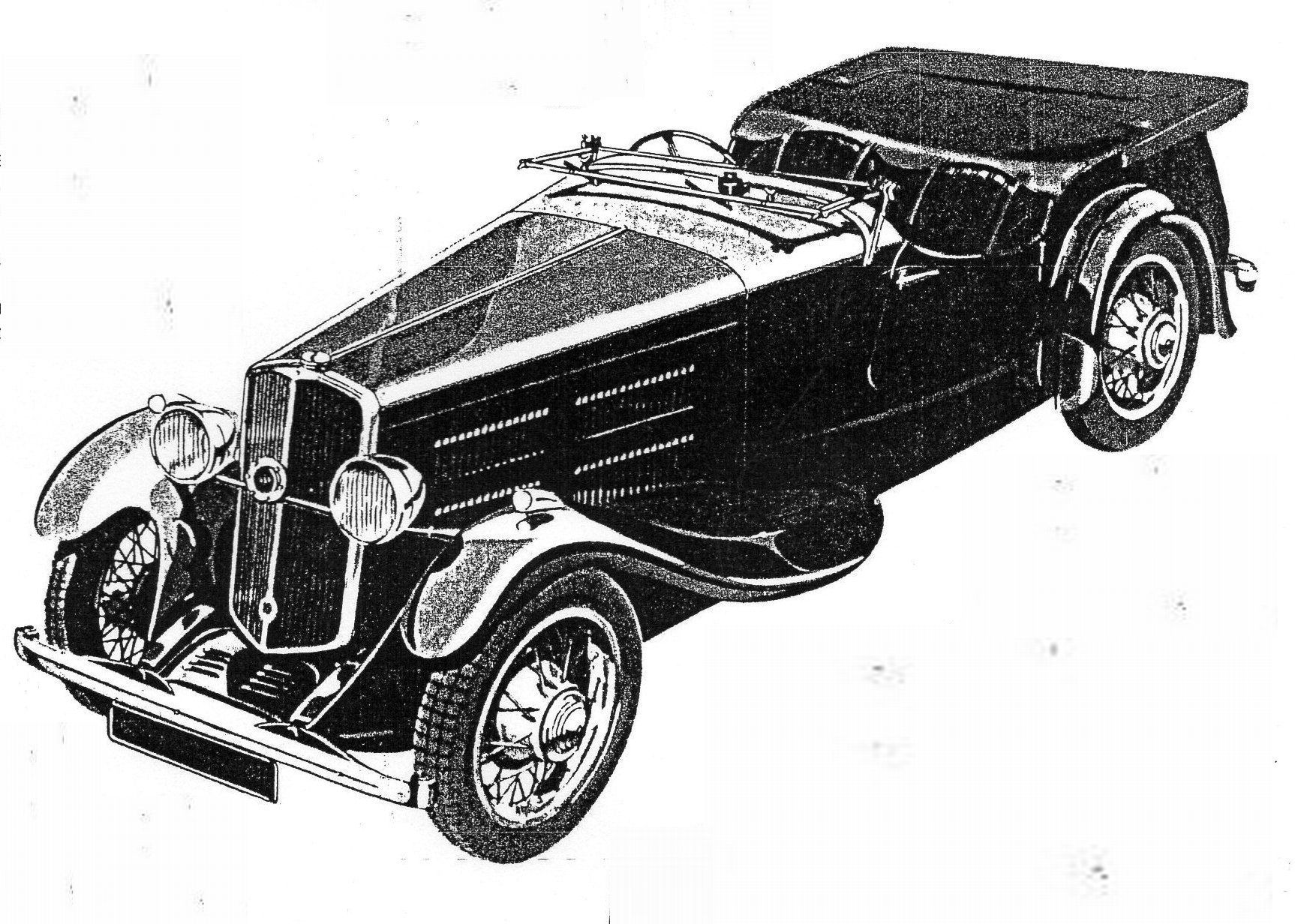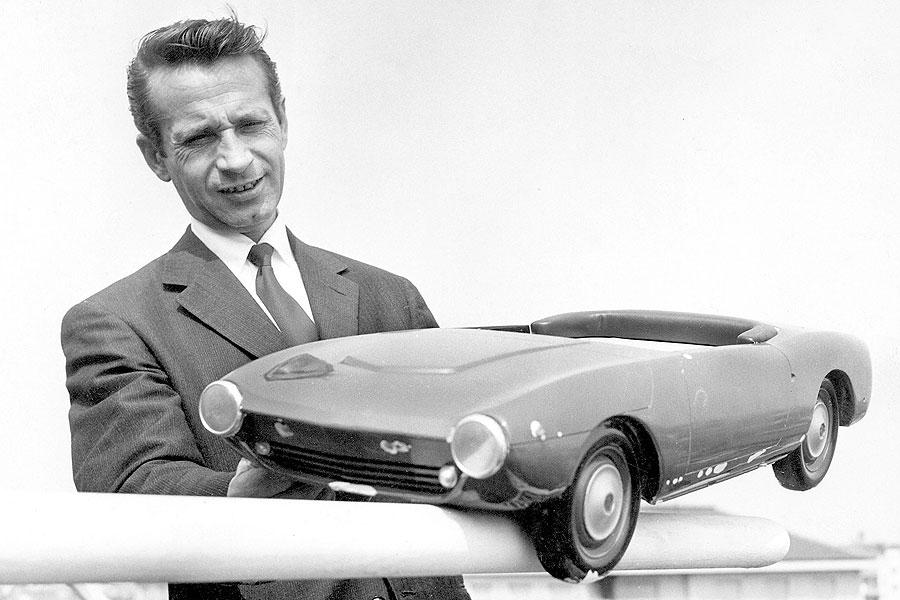"Giovanni Michelotti was a fascinating designer. And in his years drawing designs for the Triumph four-wheel department, he came up with a huge number of one-offs, test-beds, concepts and prototypes. And despite our being boringly obsessive about rare motors, Michelotti "

The Importance of Being Triumph
The Triumph marque is deeply embedded in British motoring history. Through changes of name and ownership, good times and bad, from the globe to the laurel wreath, it put its name to a series of vehicles that have left tracks of great significance.
Triumph began as an importer of bicycles at the end of the 19th century and quickly moved to the manufacturing of motorcycles from their Coventry base, 30,000 of which were built for the British Army and the allied forces for use during WWI.
The first car to bear the Triumph name was the 1923 10/20, designed for them by Lea-Francis, to whom they paid a royalty for every car sold. In 1927 they introduced the Super Seven. It sold well and the company changed its name, replacing ‘Cycle’ with ‘Motor’.
During the 1930s the Triumph Motor Company attempted to move into the luxury car market, with the Donald Healy-designed Southern Cross (below) and Gloria. If the business model seemed to make sense – Triumph couldn’t compete with the larger manufacturers who dominated the mass market – the reality was somewhat different.

By the end of the thirties Triumph Motor Company had gone into receivership, a legacy of the Great Depression. The marque’s two components – cars and motorcycles – had already parted ways, with the Jack Sangster-owned Triumph Engineering Company forming in 1936, dedicated to the production of bikes and with its gaze fixed firmly on the United States and the huge potential that the export market offered.
This separation would eventually play out as the tale of two companies: the rise, fall and re-birth of Triumph motorcycles and the decline and ultimate demise of Triumph cars.
The last Triumph Acclaimrolled off the production line in 1984, signalling the end of the brand as a four-wheel entity. But its post war output, between 1946 and 1977, gave us some of the most recognisable models in British automotive history.

Triumph’s long association with Turin-born designer Giovanni Michelotti (above) resulted in a procession of sports cars that bore his trademark elegance, including the Herald, the Spitfire, the Stag, the TR4 and the GT6.
Like BMW, Lancia, Maserati and many other marques, Triumph benefited greatly from its relationship with Michelotti. His ability to combine aesthetically appealing lines with improved functionality (the Herald offered 93% all-around visibility), to move from concept sketch to final prototype in an amazingly short time and to do so while remaining autonomous made him unique and highly sought after. It is reported that a Turin motor show in the mid-1950s featured 40 Michelotti-designed models.
The Triumph Motor Company trademark meanwhile sits in the hands of BMW. Rumours of a re-launch persist. Another chapter of the rich and colourful Triumph name is waiting to be written.

CLICK TO ENLARGE










mmm, so British Leyland actually marketed the spitfire in Germany under the ‘spitfire’ name going by the ad above. That has got to be a marketing ‘faux pas’ of gargantuan proportions!
Interesting article shame you did not mention the good old TR6 as I own one the last of the the proper sports cars